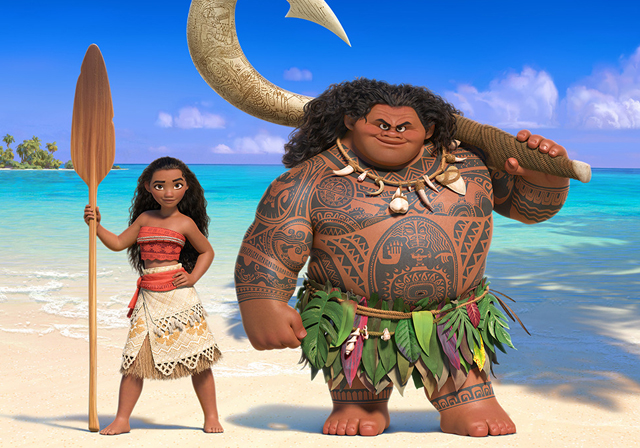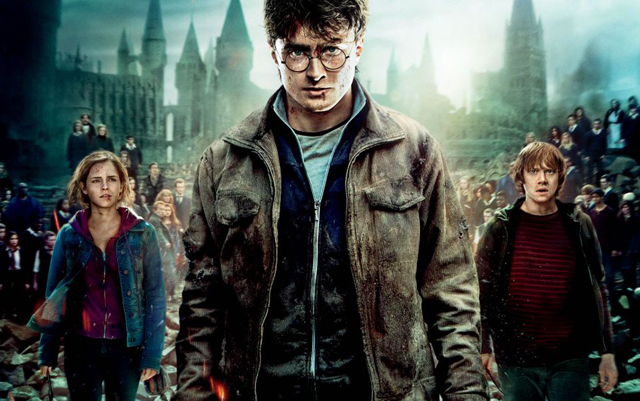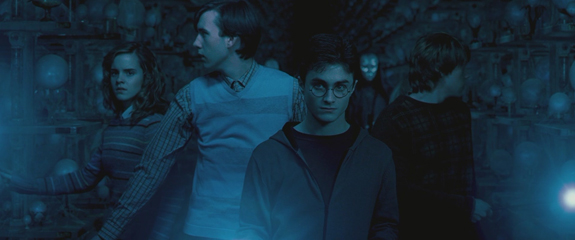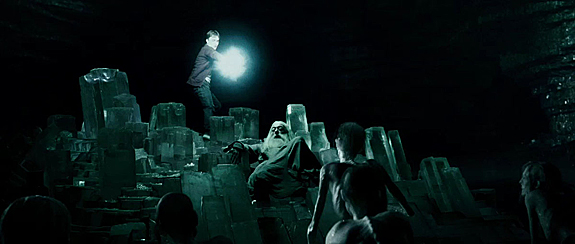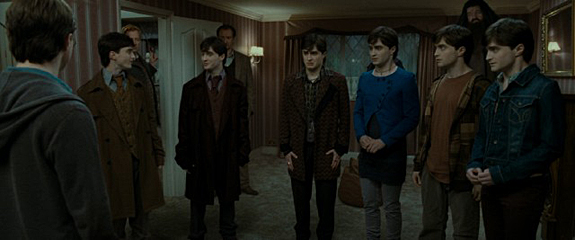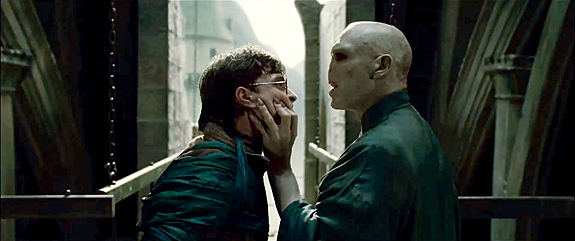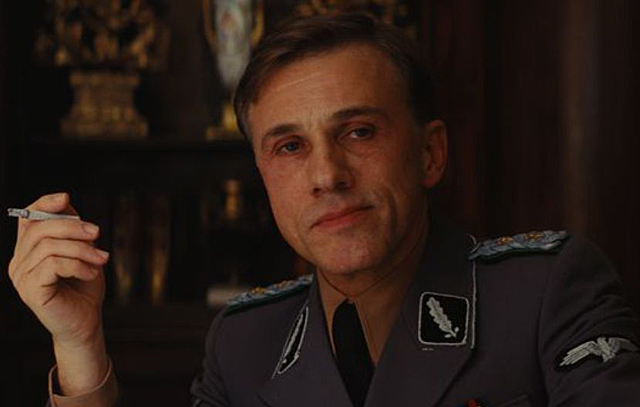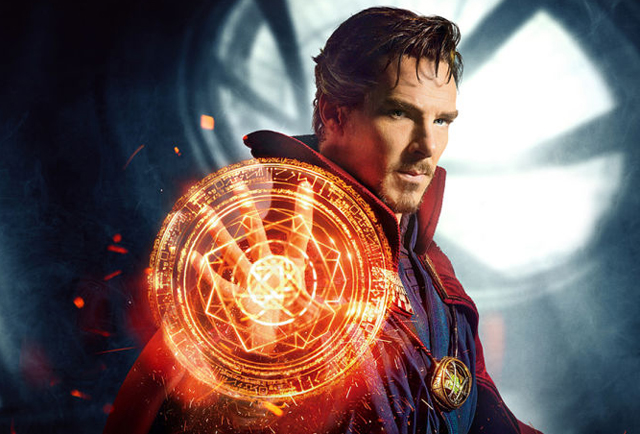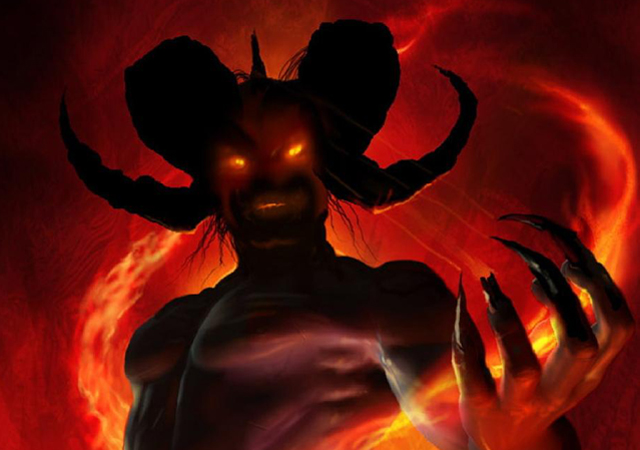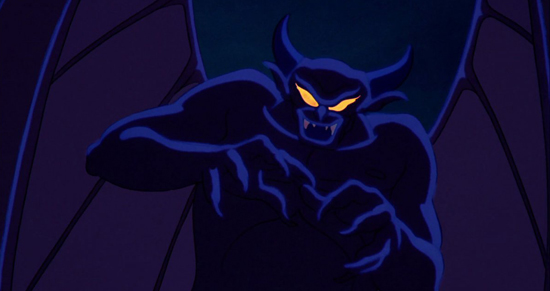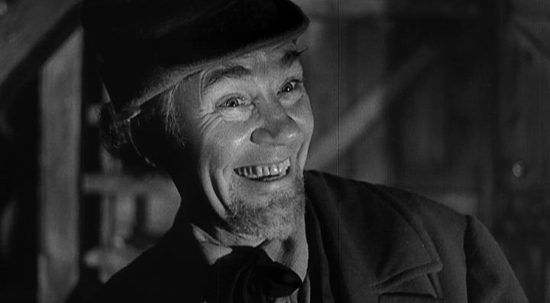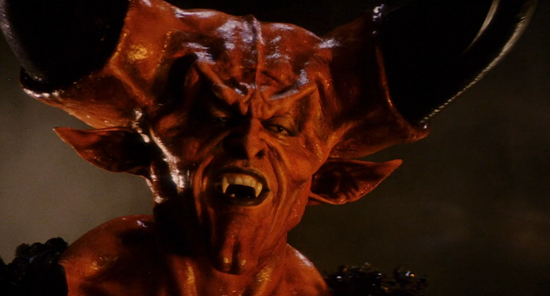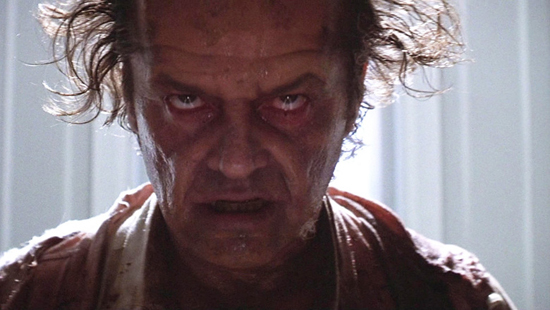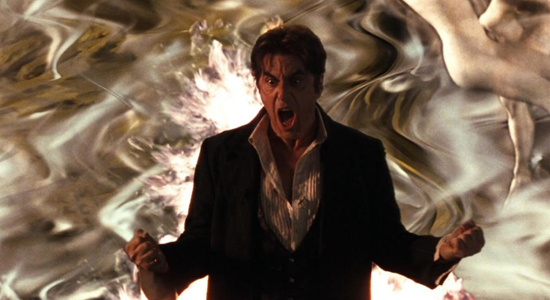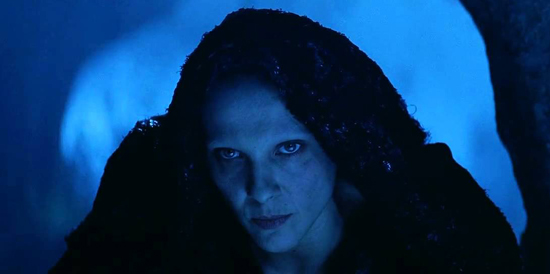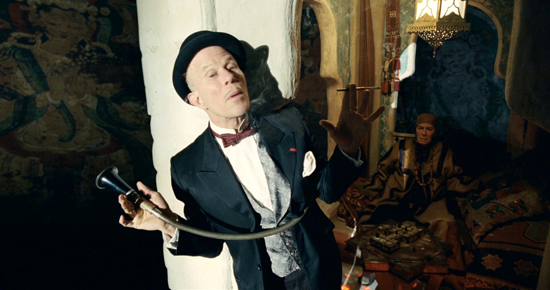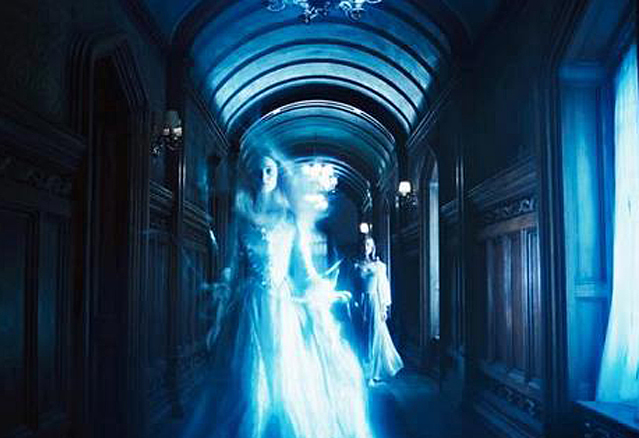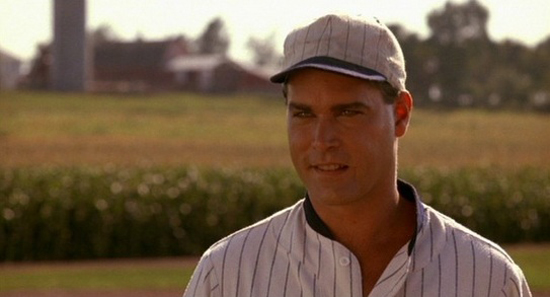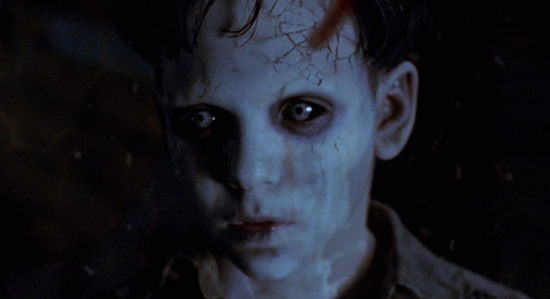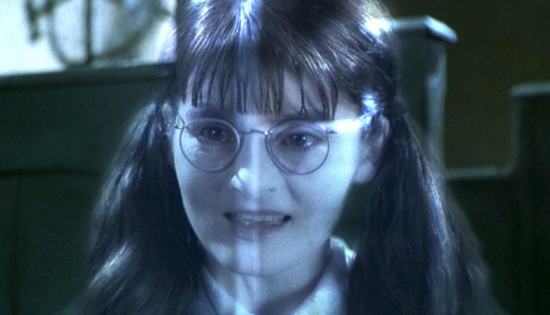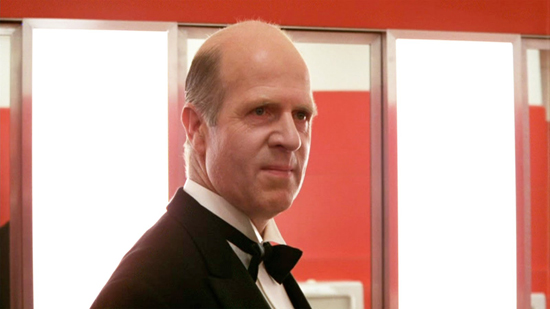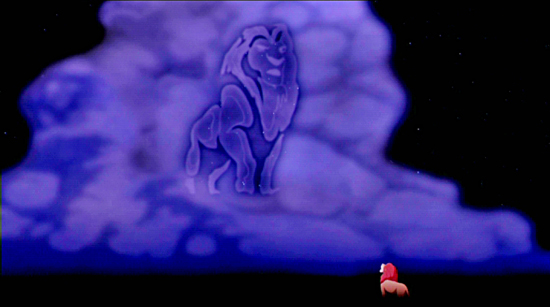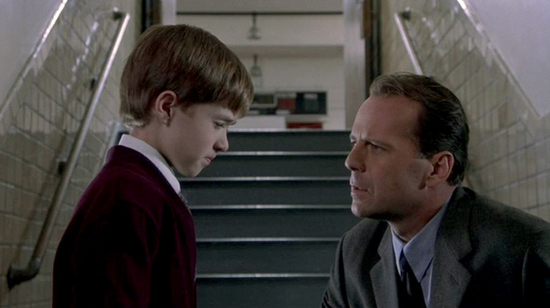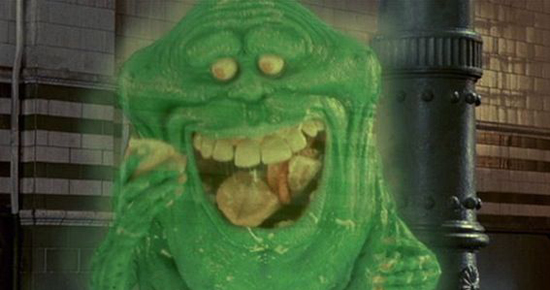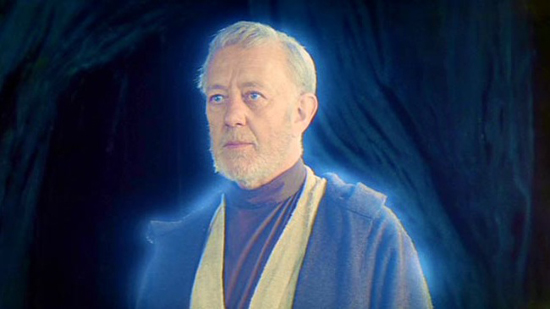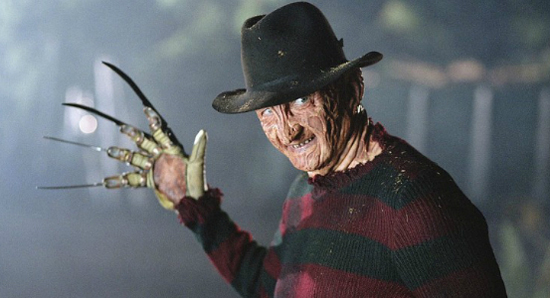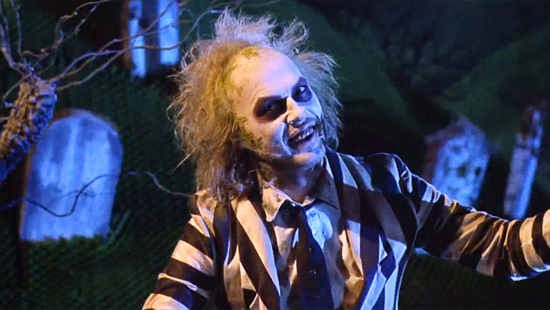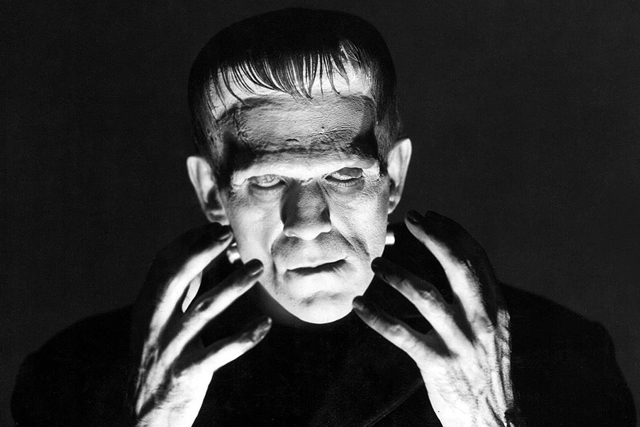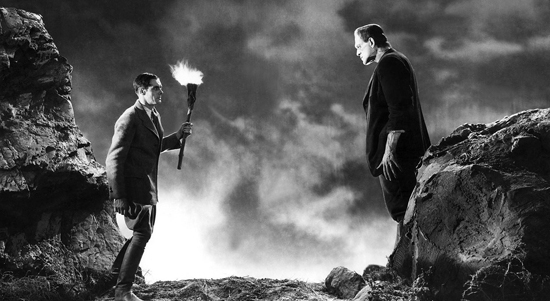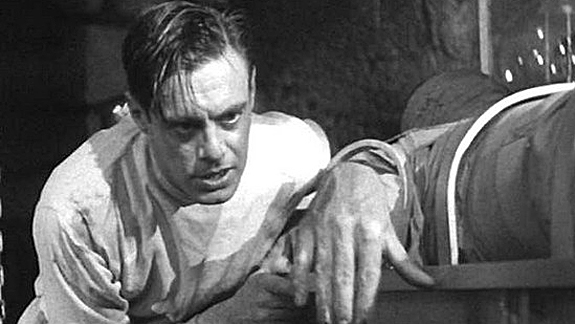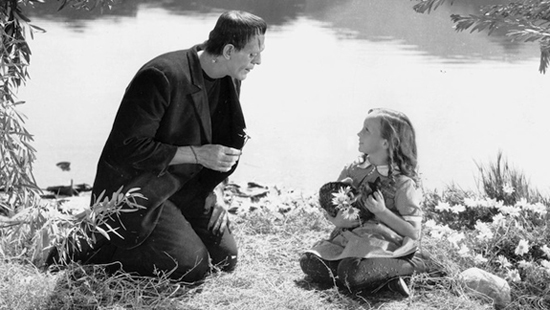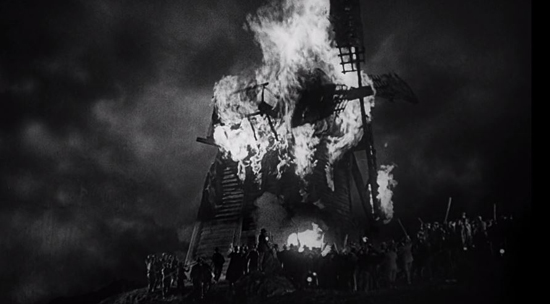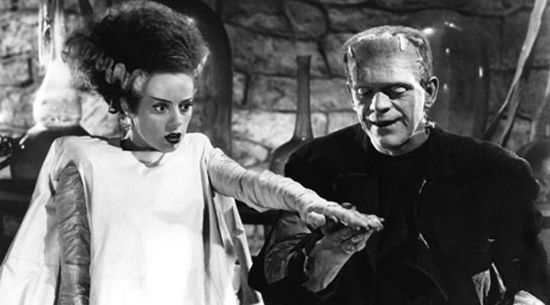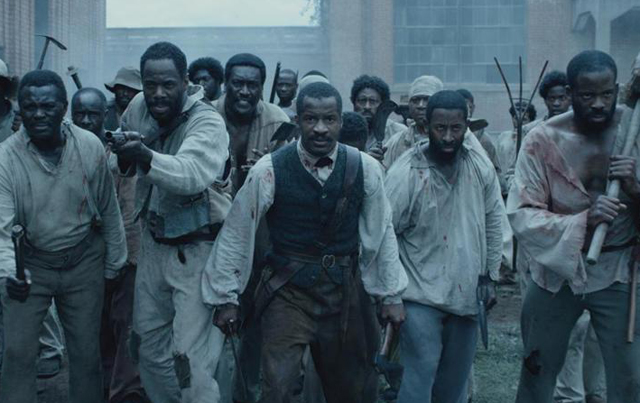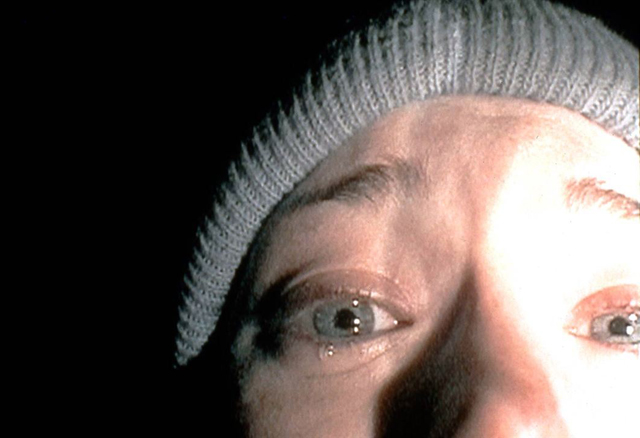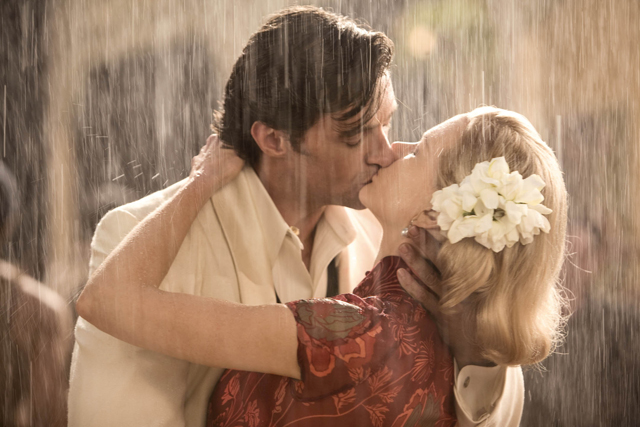
If there is one genre that I would consider a favorite out of all the ones to rise out of Hollywood, it would be the historical epic. Nowhere else will you see the Hollywood machine at its finest than when it presents to us a grandiose, ambitious historically inspired melodrama on the big screen. It’s the foundation that most of Hollywood is built upon to be fair. Since D.W. Griffith’s epic silent pictures of the nineteen teens, every era of Hollywood film-making has aspired to bring history alive with all the spectacle that you would expect out of Tinseltown. The 1950’s in particular became a Golden Era for these types of pictures, as new Widescreen processes allowed for movies to feel even more larger than life than they had before. I for one have a soft spot for this era, as some of my favorite movies of all time emerged out of Hollywood in this time. My favorite above all else, Lawrence of Arabia (1962), represented the quintessential Hollywood epic, devoting a operatic scale to a moment in history, and not even ancient history like Biblical epics but rather the Arabian theater of the World War I conflict, showing just how effective Hollywood prestige can be on any story. Lawrence became a high water mark in Hollywood for many years to come, and many filmmakers raised on David Lean’s masterpiece have sought to recapture some of it’s power in their own work. Films like Apocalypse Now (1979), The Last Emperor (1987), and Braveheart (1995) again proved to us the unending appeal of the great Hollywood historical epic, and that would again hit another peak with James Cameron’s Titanic (1997). But, afterwards, the historical epic has since seemed to struggle, as epic scale has been more devoted to Fantasy and Comic Book films instead. Any new entries are more likely to draw more on Hollywood nostalgia for their presentations, and not always for the better.
My feeling is that the success of Titanic was so big, that it made it nearly impossible for a movie of it’s ilk to every achieve that level of popularity ever again. It was a genre high-point and a genre killer at the same time. Historical films are still made today, but just not at that same epic level anymore. The only way you can get audiences to sit down for three hours in a movie theater today is if it’s got wizards and dragons in it. Try to sell them a history lesson through the same experience and they’ll stay away in droves. In the nearly twenty years since Titanic, we’ve seen very few epic historical dramas, and the ones that have made it to the big screen recently are not very good at all. Two notable failures pop out to me, both of which try to emulate a nostalgic Hollywood feel, but fail in very different ways. The first failed epic is Pearl Harbor, which was itself a direct answer to Titanic, bringing a tragic love story into a different historical human tragedy utilizing many of the same big budget movie tricks. Directed by Michael Bay, the movie fails to make us care about it’s central characters, trivializes the actual historical account of the Pearl Harbor attack for it’s own purposes, and just flat out represents all the horrible excess that we’ve come to expect from Michael Bay. But, that’s not the epic failure that I want to focus on (I’ll save that for another day). The other failed epic I wish to talk about it Aussie director Baz Luhrmann’s nostalgia laden ode to his home country, titled simply Australia (2008). It’s failure I find more problematic than those of Pearl Harbor, because it goes far beyond just excessive cinematic style, and more into the themes and story behind it, which results in an infuriating experience. To me, Australia is the textbook example of how not to make a historical epic.
Of course, to understand the disappointment of this movie, I have to address the person behind it, because it is first and foremost a director driven film. Baz Luhrmann is not what you would call the quintessential Australian director, but his excessive artistic style does fall in line with some of the country’s colorful character. Starting off in the theater, he moved on to directing films starting off with 1992’s Strictly Ballroom, followed up with his Shakespearean adaptation Romeo+Juliet (1996), and then his big award winner Moulin Rouge (2001), a movie many claim as the one that revived the long dormant Hollywood musical. With that string of rising success, Luhrmann finally had the clout in the industry to make the film that he’s always wanted to make, which was a defining epic throwback melodramatic ode to the nation that reared him. That in itself is a noble goal. I’m sure that like myself, Luhrmann loves the grand Hollywood epics of yesteryear, and this was his opportunity to give Australia it’s own epic worthy of that bygone era. One thing that I can’t fault Luhrmann for is ambition. It’s a trademark of his style. Just watching anything he makes, you can see the workings of a director who wants to make every frame a visual treat. Australia certainly has scale and production values on it’s side, but what it lacks is focus and narrative drive. It’s a movie that unfortunately falls into the same faults that many other passion projects have, in that it succumbs to the director’s inability to move beyond their love of the concept in service of the story they want to have told. It’s a movie built on love, but Luhrmann cannot quite find the best way to share that with us.
Truth be told, I really wanted this movie to work. Ever since seeing Lawrence of Arabia on the big screen in my teens, I have wanted the great Hollywood historical epic to come back in a big way. When it was announced that Baz Luhrmann had this film lined up as his next picture, I was genuinely excited. I wasn’t entirely enthralled with Moulin Rouge when it first came out, but I recognized the artistry behind it and was excited with what it could look like in a genre that I’m more interested in. Not only that, but the setting itself brings out so many possibilities for epic adventures. With it’s wide open, untouched natural beauty, Australia is tailor-made for epic treatment. Plus, a nearly three hour epic run-time told me that this story could not only be epic, but far-reaching as well, giving us a Gone With the Wind (1939) sized story of all the people, places, and history of Australia. Sadly, what I saw in the movie theater presented none of that. We get a ham-fisted, melodramatic romance with a historical backdrop that was neither insightful nor endearing. This epic has annoyed me like no other in the genre, and it’s largely due to just how poorly it is presented. I cared about none of the characters, felt the story was hackneyed and unoriginal, and more importantly of all, felt that some of the themes and messages were so badly delivered that it ended up having the opposite effect and became more offensive than enlightening. And it all falls on the director, who seemed too wrapped up in the things he adores about the genre that he couldn’t observe the glaring problems that were right there in front of him. A glossy shine cannot distract from the ugly, over-long mire that this movie going experience was for me.
First of all, so little development is given to the characters that it really becomes a joke at times. Every person here is fully formed by the time they are introduced, and apart from some backstory revelations here or there, we don’t really know any more about them than what they go through in the film’s running time. I do give Luhrmann credit for giving the movie an all-Australian cast. Even the lead character who is given an English background is played by noted Aussie actress Nicole Kidman. Sadly, none of the spark of her Oscar-nominated work in her last collaboration with Luhrmann is found here. Kidman merely is there to be a place holder for the type of ideal heroine of old Hollywood, like Grace Kelley or Janet Leigh. Unfortunately, her character emulates these ideals, but offers nothing more. She’s a symbol rather than an individual, there simply to conform to her new surrounding, rather than leave an impression on it. It’s a waste of Ms. Kidman’s talent, because I know she can do better. Here, her character is less Scarlett O’Hara and more Marilyn Monroe; less active and more reactive. There’s a moment where she attempts to sing “Somewhere Over the Rainbow” from The Wizard of Oz which may be one of the most cringe-inducing moments I’ve ever seen an actress required to do in a movie ever; and it made me feel so bad for her. She’s not alone though as a faulty character in the movie. Everyone seems to be shorthanded. Hugh Jackman’s character is so undefined that he’s not even given a name; he’s solely referred to as the Drover (an Aussie term for Cattle Rustler). It’s so clear that this character was more a concept than an actual, tennable personality, and Jackman (really this generation’s defining Australian performer) is given nothing to work with. His Drover merely just comes across as a poor man’s Crocodile Dundee. Only the villain, played by David Wenham, stands out, and even he’s a thinly drawn character. He makes Billy Zane’s over the top baddie in Titanic look subtle, but I credit Wenham for at least finding something to work with. It shows even a talented cast can’t save lackluster material.
Another huge problem is that Luhrmann doesn’t know what his grand epic story wants to be. Australia has a rich history to draw from, and it’s setting alone can inspire so many stories on it’s own. But, with the movie Australia, Luhrmann has all of these ideas and pinpoints of interest, but noting to anchor it down. We have the melodrama of the central romance, but because the characters are so thinly drawn, there’s not a lot to mine there. So, Luhrmann looks at some of the defining elements of Australian history to focus on, but even here the execution is weak. We are shown the troubled, and often brutal relations between the white Australians and the native Aboriginals whom they had oppressed for many years, as well as the hypocrisy of those in power, who often exploited the natives while at the same time keeping them down. This issue alone is worthy of a movie of it’s own to explore, and the problem here is that it’s not focused on enough. We learn about the dehumanizing programs that were in place in Australia in the early 20th century that took mixed race children away from their families and trained them for life as servants in White households, as a means that one horrible character describes in the movie to “breed the black out of them.” I credit Luhrmann for not glancing over this horrible stain on his nation’s history, but sadly he undermines it later on in the movie by indulging in another historical touchstone of Australian history. Just as the racial element gains traction in the story, suddenly World War II comes to Australia, and the completely unnecessary inclusion of the Japanese bombing of Northern Australia happens. This whiplash change of focus for the story ruins what otherwise could have been a valuable historical lesson. For Luhrmann, it proved that he got too greedy and that he spoiled the meal by adding one ingredient too many.
But, even without the unnecessary historical intrusion, the movie also undermines it’s well-intentioned message about race relations by again misusing old Hollywood tricks. At the film’s center is a relationship between Kidman’s Sarah Ashley and a young mixed race boy named Nullah. Nullah, as a character, is the film’s most troublesome element, because I think Luhrmann made the mistake of making a character that was so pure that he ends up becoming unrealistic. Luhrmann, probably feeling ashamed of his own country’s history towards the Aboriginal people, wanted to portray them in the best possible light as possible, but in doing so, he robs them of any real depth. Nullah is sadly nothing more than a prop to focus the movie’s message onto. Young Brandon Walters is fine in the role, but the character is just an empty vessel for the story to reflect around. Not only that, but they give him this annoying mystical quirk to his character, with awkward singing that supposedly puts him in tune with nature. I know there’s some cultural basis for this among the aboriginal people, but it doesn’t translate on film. Maybe the movie would’ve made this work better if he was more of a focus in the story. Instead, and I hate to say this, he falls into that painful Hollywood cliche of the “magical Negro.” Coined by Spike Lee, this trope is one referring to a minority character in a movie (most often Black) whose only purpose in the story is to impart wisdom and understanding on the sympathetic white protagonists, sometimes even through actual magic. Nullah, fills that trope to a “t” and that ends up making Baz Luhrmann’s film feel very backwards and insulting, even with it’s good intentions. Better movies have been made about the plights of the aboriginal people in Australia; director Phillip Noyce’s grittier Rabbit Proof Fence (2002) for example. For Baz Luhrmann to not follow through with it here makes the end result feel more exploitative than informative, and it ultimately makes this a very loathsome movie as a result.
There are few other movie epics that stand out to me as such a crushing disappointment as Australia was. I really want historical epic dramas to be a big part of Hollywood once again, but I feel that Baz Luhrmann’s film only dug the genre deeper into a too self-important hole. More seriously, I feel that the movie missed the point of telling the true story of Australia by trying to be too much all at the same time. Baz Luhrmann clearly loves his country and old Hollywood epics, but he can’t quite make the two come together. Tapping into the nostalgia of the style undermines the importance of the film’s ultimate message, and I feel that this movie ends up telling us less about the people and places of Australia than it should have done. The aboriginal people in particular seemed to be short-changed, and this is in a movie meant to shed light on their tortured history. I understand Baz’s passion for this project, but I feel that he was ultimately the wrong fit for this kind of sweeping epic tale. His greatest strength is taking usually dryer material, and giving it his own unexpected visual flair, like with Romeo+Juliet and his more recent The Great Gatsby (2013), a movie that I liked a whole lot more than this one. Perhaps sticking too close to home was not a smart move for the director. There was rumors that he was going to make another epic project centered around Alexander the Great, and that’s a subject that I think he could’ve done very well with. Australian cinema is not without it’s exceptional pieces that adequately tell it’s story. Peter Weir gave us interesting epic stories like Picnic at Hanging Rock (1975) and Gallipoli (1981) in his early career, and of course one cannot forget the work of George Miller and his Mad Max series. Also, check of John Hillcoat’s The Proposition (2005), a haunting, gritty film with an outback setting similar to the one in Australia. But, for a true Australian epic to stand above all others, Baz Luhrmann’s attempt rose high and fell hard, and in the end, became one of my least favorite epic films of all time.
